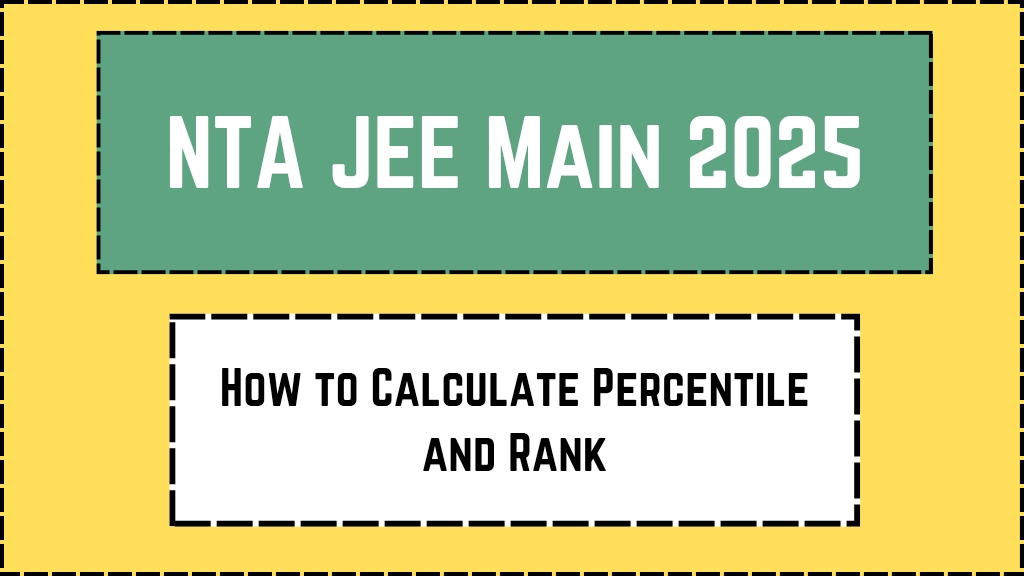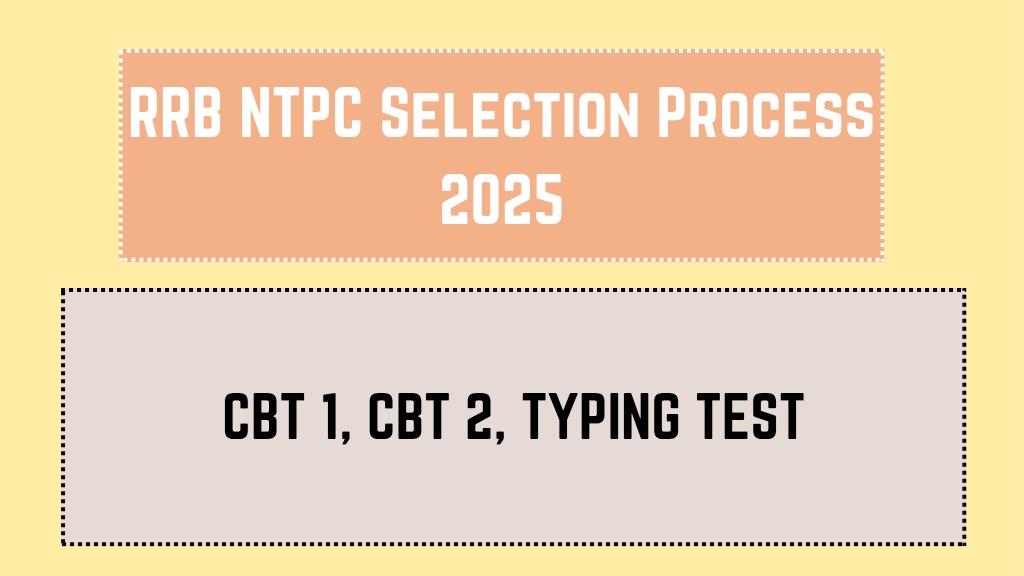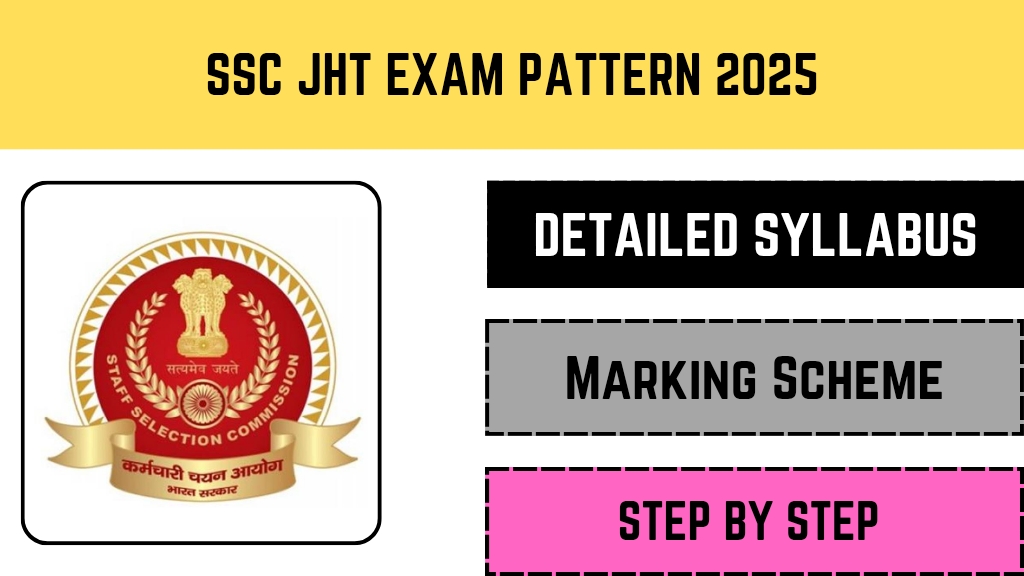Every year, lakhs of students appear for the JEE Main exam, hoping to secure a seat in top engineering colleges like NITs, IIITs, and GFTIs. But with so many candidates, how does the National Testing Agency (NTA) determine who ranks higher? The answer lies in percentiles and tie-breaking rules.
This guide breaks down how JEE Main 2025 percentiles are calculated, how ranks are assigned, and what you need to know to estimate your performance. Whether you’re aiming for a 99+ percentile or just trying to understand the ranking system, we’ve got you covered with real examples, expert insights, and easy-to-follow explanations.
Key Highlights of JEE Main 2025 Percentile & Rank System 📌
| Key Point | Details |
|---|---|
| Organization Name | National Testing Agency (NTA) |
| Exam Conducted | JEE Main 2025 (January & April sessions) |
| Percentile Calculation | Based on shift-wise normalization |
| Tie-Breaking Rules | Higher marks in Maths, Physics, Chemistry |
| Top Scorers | 24 candidates scored 100 percentile in 2025 |
| Perfect Score (300/300) | Om Prakash Behera (AIR 1) |
| Normalization Process | Adjusts for difficulty across different shifts |
| Rank Determination | Best of two attempts considered |
| Official Website | jeemain.nta.ac.in |
How JEE Main Percentile is Calculated 🧮
Unlike percentage, which shows your raw score, percentile reflects your performance relative to other candidates. The NTA uses a normalization process to ensure fairness since JEE Main is conducted in multiple shifts with varying difficulty levels.
The Percentile Formula
The exact formula used by NTA is:
Percentile = (Number of candidates who scored ≤ you / Total candidates in your shift) × 100
For example, if 1,000 students appeared in your shift and 900 scored less than you, your percentile would be:
(900/1000) × 100 = 90 percentile
Real-Life Example: Shift-Wise Variations
In JEE Main 2025, 24 students scored a 100 percentile, but not all secured the same rank. Why? Because percentile is shift-dependent. A student in a tougher shift with a lower raw score might still get a higher percentile than someone in an easier shift with more marks.
As education expert Dev Sharma explains:
“Percentile is a process of normalization, while All India Rank is decided based on normalization and subsequent tie-breaking rules.”
JEE Main 2025 Marks vs Percentile vs Rank 📊
Wondering what percentile your marks might translate to? Here’s a breakdown based on previous trends:
Expected Marks vs Percentile Range
| Marks (Out of 300) | Percentile Range | Expected Rank |
|---|---|---|
| 290-300 | 99.99 – 100 | 1-15 |
| 280-289 | 99.99 – 99.997 | 15-36 |
| 250-279 | 99.96 – 99.99 | 36-428 |
| 200-249 | 99.73 – 99.96 | 1,189-3,803 |
| 150-199 | 98.77 – 99.62 | 5,320-17,290 |
| 100-149 | 95.64 – 98.40 | 61,651-225,33 |
| Below 100 | < 95.64 | Above 61,651 |
Source: Careers360 & Shiksha analysis
Subject-Wise Percentile Trends
Your percentile can also vary by subject. Here’s how Physics, Chemistry, and Maths compare:
| Subject | 99+ Percentile Marks | 90+ Percentile Marks |
|---|---|---|
| Physics | 82-87 | 49-52 |
| Chemistry | 65-71 | 36-38 |
| Maths | 50-60 | 20-21 |
Data based on previous year trends
How Ranks Are Determined: Tie-Breaking Rules ⚖️
When two students have the same percentile, NTA follows a tie-breaking system to assign ranks. Here’s how it works:
- Higher Marks in Maths – If still tied,
- Higher Marks in Physics – If still tied,
- Higher Marks in Chemistry – If still tied,
- Lower Ratio of Incorrect to Correct Answers – If still tied,
- Age (Older candidate ranks higher) – Rarely used now.
In 2025, Om Prakash Behera secured AIR 1 with a perfect 300/300, but other 100-percentile candidates were ranked based on subject-wise performance .
How to Predict Your Rank from Percentile 🔍
While NTA releases official ranks, you can estimate yours using this formula:
Rank ≈ [(100 – Your Percentile) × Total Candidates] / 100
For example, if 10 lakh students appeared and you scored 98 percentile:
Rank ≈ [(100-98) × 10,00,000]/100 ≈ 20,000
However, this is just an approximation—actual ranks may vary based on exact normalization.
Why Percentile Matters More Than Raw Marks
Since JEE Main has multiple shifts, raw marks don’t always reflect true performance. A student scoring 250 in a tough shift might rank higher than someone with 260 in an easier one due to normalization.
As Allen Career Institute notes:
“The predicted percentile helps students understand their chances in top colleges, as cutoffs depend on relative performance, not absolute marks.”
Final Tips for JEE Main Aspirants 🚀
- Aim for Consistency – Since the best of two attempts is considered, focus on improving in the second session.
- Understand Normalization – Don’t panic if your shift was tough; percentile adjusts for difficulty.
- Check Previous Cutoffs – Use last year’s data to set realistic targets .
By mastering how percentiles and ranks work, you can better strategize your JEE Main preparation and college admissions!










